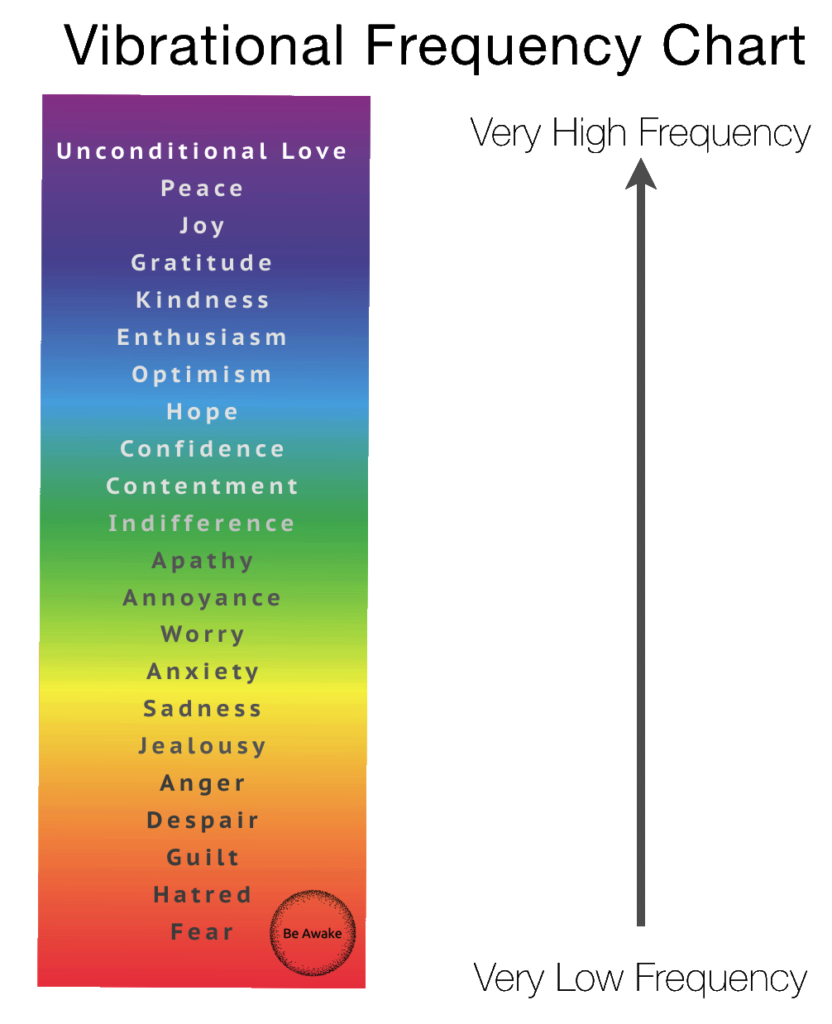The Magic of Being “High Vibe”
Crescent Beach, Surrey 09-06-2021 7:39pm
“If you want to find the secrets of the universe, think in terms of energy, frequency and vibration.”
What does it mean to be in a high vibe state?
How do you know if you are in a high vibe state?
And how can we intentionally adjust our vibrational frequencies to be in a state that we desire?
This blog post will unpack this ubiquitously used, yet mysterious concept, while serving as a practical guide to help you be more aware of your internal state, and thus, be more in control of your sacred inner temple.
Q: What exactly does it mean to be in a high vibe state?
Physically speaking, we live in a world that is made up of energy and vibrational frequencies. The subatomic particles that make up an atom are in constant motion — vibrating and creating the structure of the atom.
Our emotions also carry energy patterns, or frequency patterns of information. A “high vibe,” or a “high energetic emotional” state is an overarching term for positive emotions such as gratitude, love, and fulfillment. These high vibe states not only are scientifically supported in their benefits to the human mind, body, and soul (see positive psychology), but also are hypothesized to attract people and opportunities that align with these frequencies into one’s life, like frequency forks (the Law of Attraction).
Vibrational Frequency Chart: just for reference; not obtained from a scientific source
However, a common skepticism around the saying of high vibes is that we have no scientific proof for it. But you don’t need science to tell you that. You know what kind of emotion is conducive to the health of your mind, body, and soul, and you know what emotions do the exact opposite. When someone who is in rage (or great enthusiasm) walks into a room, you can tell. You can tell from the energy and “vibes” they are giving off. Even if they are sitting down with a poker face, chances are, you can still tell.
In 2016, researchers at MIT developed a machine that is capable of measuring subjects’ emotions through radio signals — I guess we are not that far away from stamping a “peer-reviewed” label on that emotional frequency chart after all.
Q: If the vibrational frequency chart is not scientifically measured, how can we tell what kind of vibes we are giving off?
Because the vibrational frequency chart is not scientifically measured, the ordering of emotions from being high vibe to low vibe might not be 100% accurate. But so are our emotions — can we really parse out one single emotion of what we are feeling right now? We can’t. Human emotions are rich, complex, and probably fluctuating as we speak.
So, how do we know if we are in a high vibe state? The answer is simple: Observe your immediate and “instinctive” reaction to external circumstances. When you are in a high vibe state, your reaction to some minor inconveniences in life would probably just be to “forget about it and move on” (in other words, you will be more forgiving and compassionate towards others). On the other hand, if you are in a lower vibrational state, you might entertain the “evil voice” in your head, and act out from a lower place. If you are having trouble recalling similar incidents in your life, just think back to the last time a car aggressively cut in front of you, how did you react?
Q: How to take command of our vibrational state?
Before we are able to take control of our emotional states, we need to first be aware of our emotional states. Practice mindfulness, check in with your feelings and emotions more often, be aware of how the external world is affecting your internal states on a moment-to-moment basis.
Once you make it a habit to be aware of your internal states (emotions, thoughts, and feelings), learn to be less reactive and more in control. When your internal states are being negatively affected by external things, whether that’d be a person or an event, don’t just let your habitual thinking pattern take over — take a second to breathe it out, and make a conscious decision on what you want your reaction to be.
This might seem like an oversimplification, but it’s not — A simple, conscious decision is all it takes to take back control of your internal states. Thanks to the highly malleable and adaptable nature of our brain (neuroplasticity), the more we practice a certain way of thinking (or in this case, reacting), the easier it gets. The opposite is true too. The less you entertain a certain thought, or way of reacting, the less likely its associated neural pathway gets lit up in your brain.
Being less reactive allows you to consciously decide what reactions you want to give in a given situation. It gives you more control — your internal state is no longer triggered by external stimuli, but rather, it is now an output of a conscious decision. YOU decide how you want to feel, not your past wounds or triggers.

